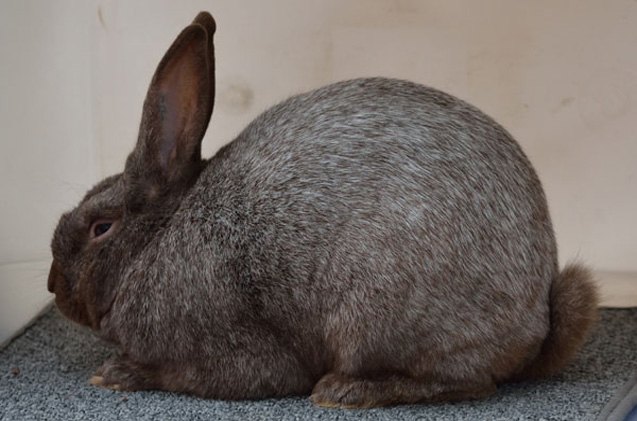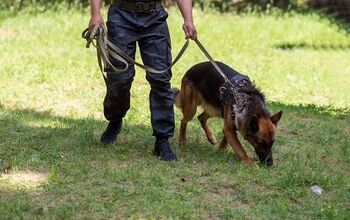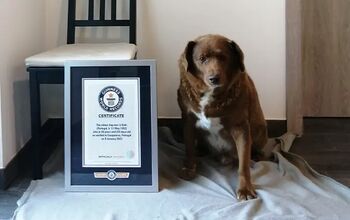Argente Brun Rabbit


About Argente Brun Rabbit
The Argente Brun Rabbit is one of the oldest French rabbit breeds. They were developed in the mid to late-19th century, popular for their usually attractive coats. During the 1920s and 1930s, these rabbits were exported to North America (Canada, specifically) from France, Germany and England. This was how the Argente Brun Rabbit got its start.
A man by the name of Ed White from Canada was one of those recipients of the Argente rabbit, and sold some to Charmaine Wardrop of Washington, who was trying to find a breed to work with. In the coming years, Wardrop and husband worked with the breed to develop Argente Bruns. Thanks in part to its beautiful coloring, the Argente Brun was accepted by the American Rabbit Breeder’s Association (ARBA) in February of 2016.
The Argente Brun Rabbit has a soft, short brown coat that doesn’t need much maintenance in order to keep it healthy.
The Argente Brun Rabbit is a relatively large-sized breed of rabbit, weighing anywhere between 8- 10.5 lbs once fully grown. They have a semi-arch/mandolin body shape with well-developed hind quarters, straight front legs, a broad head, and medium-sized ears that stand vertically on their heads.
The Argente Brun Rabbit has a soft, short brown coat that doesn’t need much maintenance in order to keep it healthy. If you find your rabbit shedding more during molting season, groom your rabbit outdoors with a slicker brush 1-2 times per week; otherwise, once every two weeks should be sufficient. Remember to spot-clean your rabbit if you find them dirty in a particular area, as rabbits should never be given baths.
The British Rabbit Council recognizes five distinct kinds of Argente rabbits: Bleu (Blue), Brun (Brown), Creme, Champagne and Noir (Black); however the ARBA only accepts one kind of Argente, which is the Argente Brun. It has a deep brown undertone with the body color a brownish white, evenly mixed with longer brown hairs to give it a distinct brownish effect when viewed from a distance. The Argente Brun has bold, brown eyes, and colored toenails.
Argente Bruns make excellent pets, as they are used to being handled by humans.
In order to see their personalities blossom, Argente rabbits of any color need plenty of time outside of their enclosures to explore and form a lasting bond with their human families. Despite being used mainly as a show and meat rabbit, they do well with human interaction and can also make excellent pets. This particular breed does well either in indoor or outdoor enclosures, as their coat is dense enough to handle cold temperatures (even with snow), so long as their outdoor enclosures are protected from the elements. Outdoor enclosures should also be covered on three sides to protect rabbits from cold drafts in the winter, as well as provide ventilation and shade during the hotter months.
Indoor enclosures need to be large enough for your Argente Brun rabbit to comfortably stretch out to their full length, plus have room leftover for toys, food, water, and other miscellaneous items. These enclosures need to be made of wire and should have a solid bottom made of either metal or plastic in order for bedding to be placed. This bedding needs to be spot-cleaned every day and completely replaced at the end of very week.
The diet of an Argente Brun rabbit is like any other rabbit, which means they need a diet consisting of at least 70 percent good-quality hay (timothy’s hay is what most rabbit breeders tend to use). Fruits and vegetables can also be used as incentives or treats to reward your bunny whenever they complete a task or obey a command (such as sitting, staying, or using their litter box). Adult rabbits can eat about 1/4 cup of high-fiber pellets everyday for every 5 lbs. they weigh. Always make sure to research what kind of fruit/leafy green/vegetable before adding it to your rabbit’s diet, as some are not recommended.
Due to the Argente Brun’s short coat, they are not at-risk for digestive issues such as woodblock. They are still susceptible to other common rabbit problems such as overgrown teeth, flystrike and ear mites. Owners need to check their rabbit’s ears every 2-3 weeks for ear mites. If your rabbit’s diet does not consist mainly of hay, they may develop overgrown teeth. This will affect if/how much they eat, as their constantly growing teeth can grow into their jaws and faces. This can be corrected with a trip to your local vet, and then maintained by switching to a diet that is higher in hay, as it naturally grinds down your rabbit’s teeth.
In order to see their personalities blossom, Argente Bruns need time outside of their enclosures to explore and form a lasting bond with their human.
This breed makes for an excellent pet, as they are used to being handled by humans. Argente Brun rabbits require time out of their enclosures to not only to socialize and bond with their human family, but also to stretch their legs. Should you live in an apartment, pull back the drapes so your bunny can enjoy some sun, and if you have a yard, make sure it is fenced so your rabbit won’t escape. Generally, this breed is a docile, sweet bunny that will make a good pet, so long as they are socialized with humans (young and old alike).
Pet rabbits who are out of their enclosures generally need some toys to keep them occupied. This can be as simple as a few rolls of empty toilet papers rolls they can chew up and destroy, to a mentally stimulating toy from your local pet store. It all depends on your rabbit’s personality and what they like to play with. As with any pet, be sure you rabbit-proof your room.
Training a rabbit takes a significant more amount of time, effort and patience than training another pet such as a dog or cat. While rabbits are intelligent, it merely takes them more reputations and rewards to understand that they should be doing their business in a particular area, for example. Many rabbit owners have found placing several litter boxes around their home rather than just one in their room helps, as they don’t have to go too far to “go”. With lots of rewards and patience, they can also be taught simple commands such as stay and come.

More by Diana Faria

























